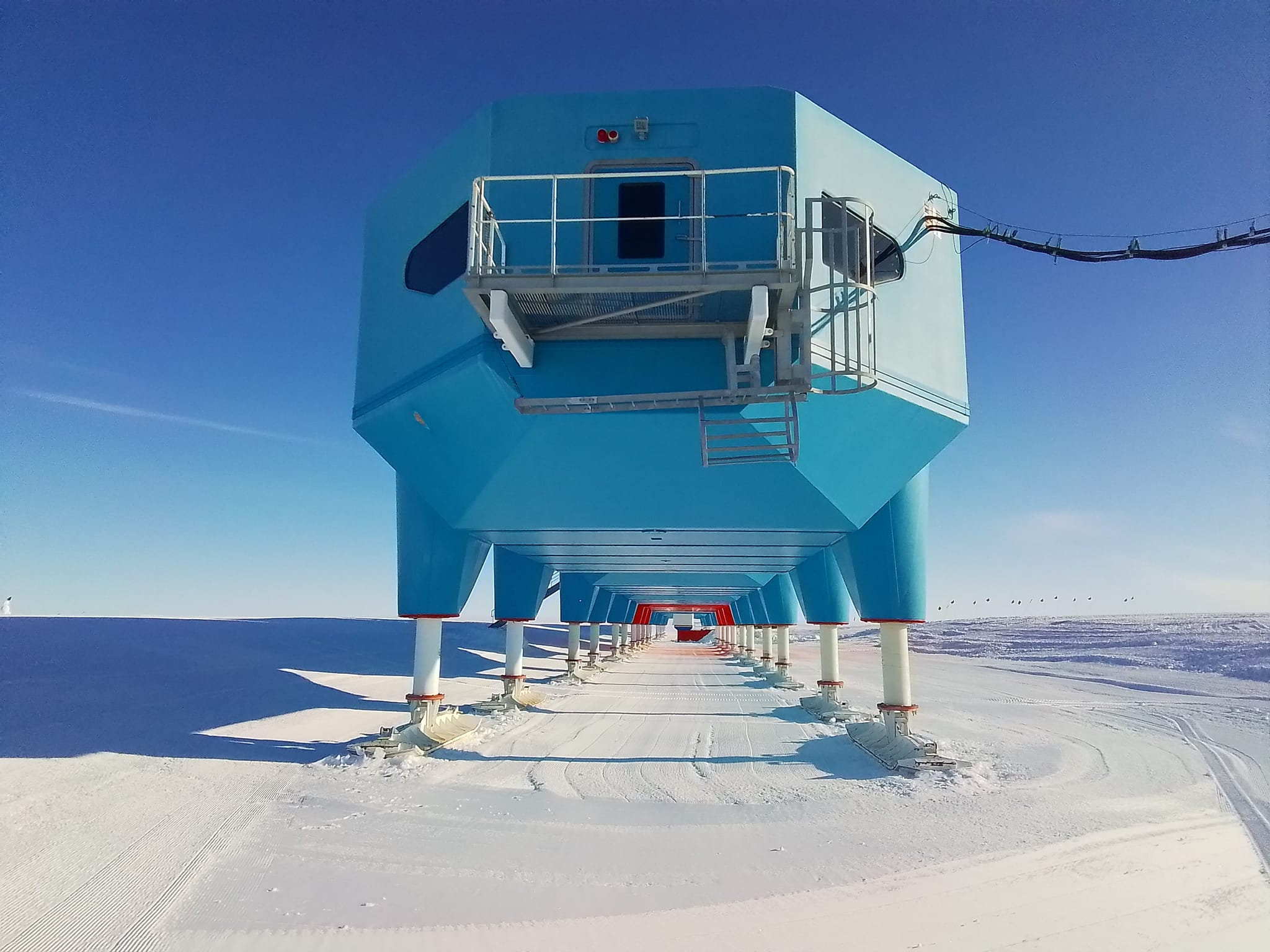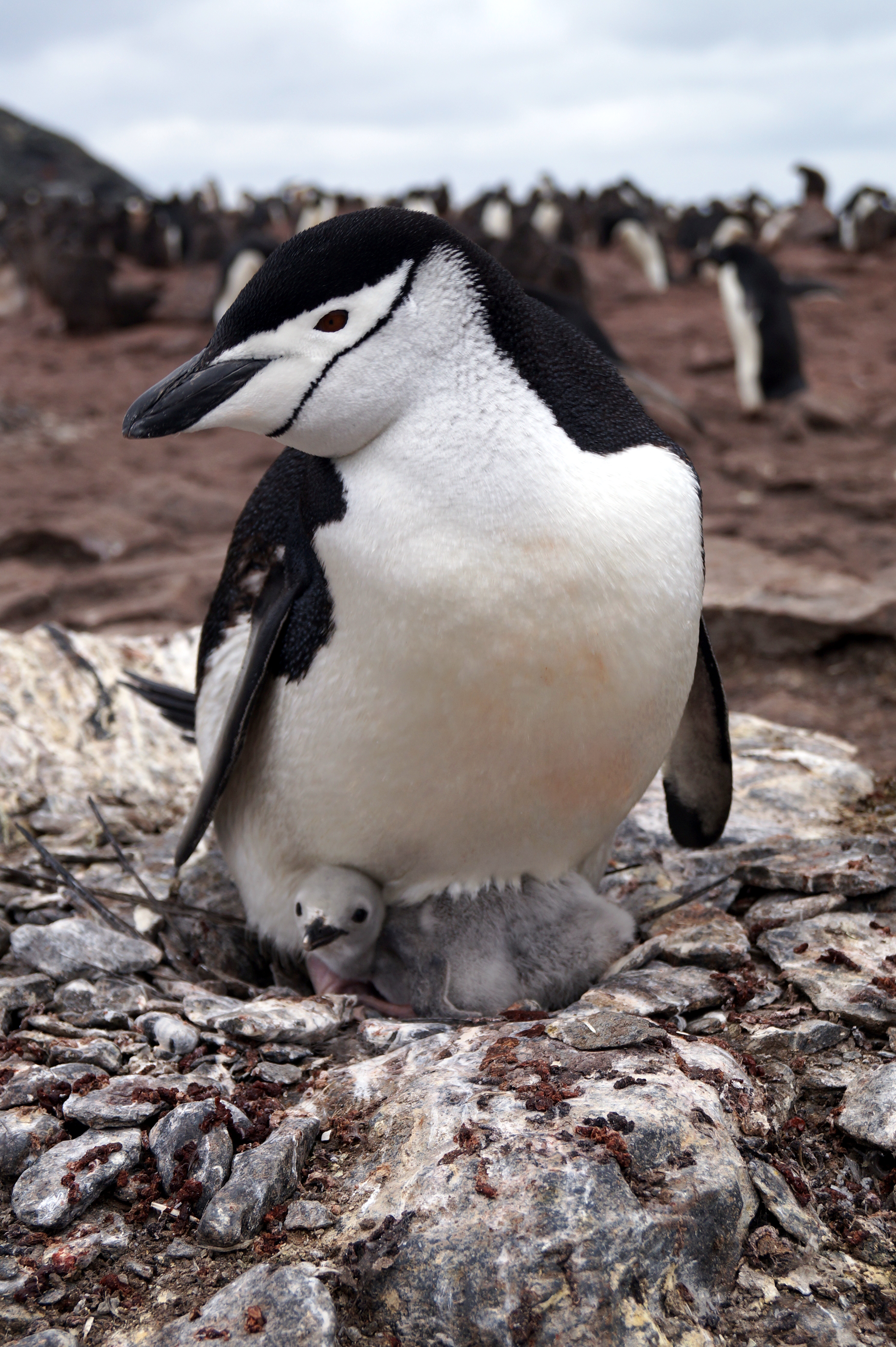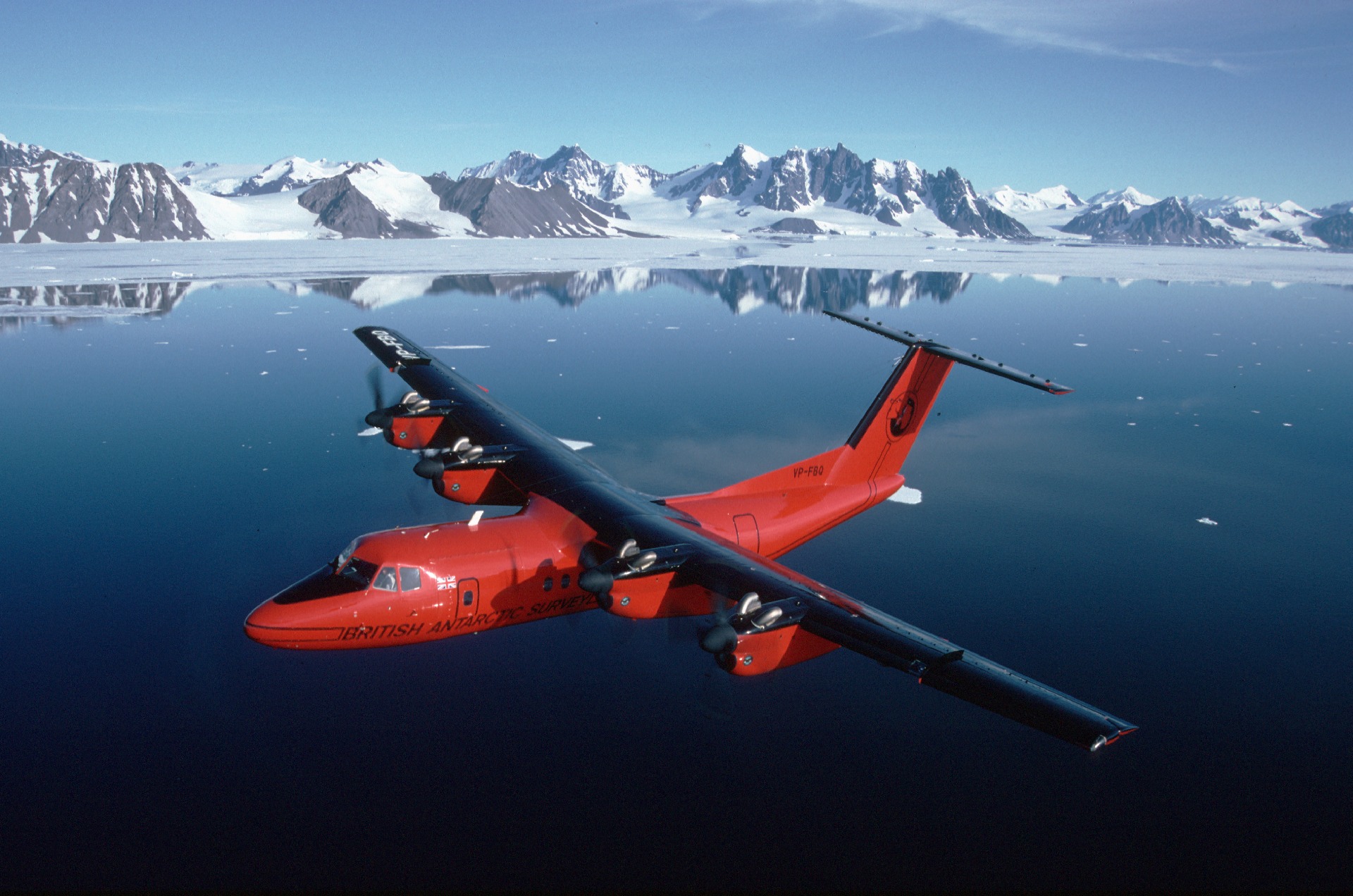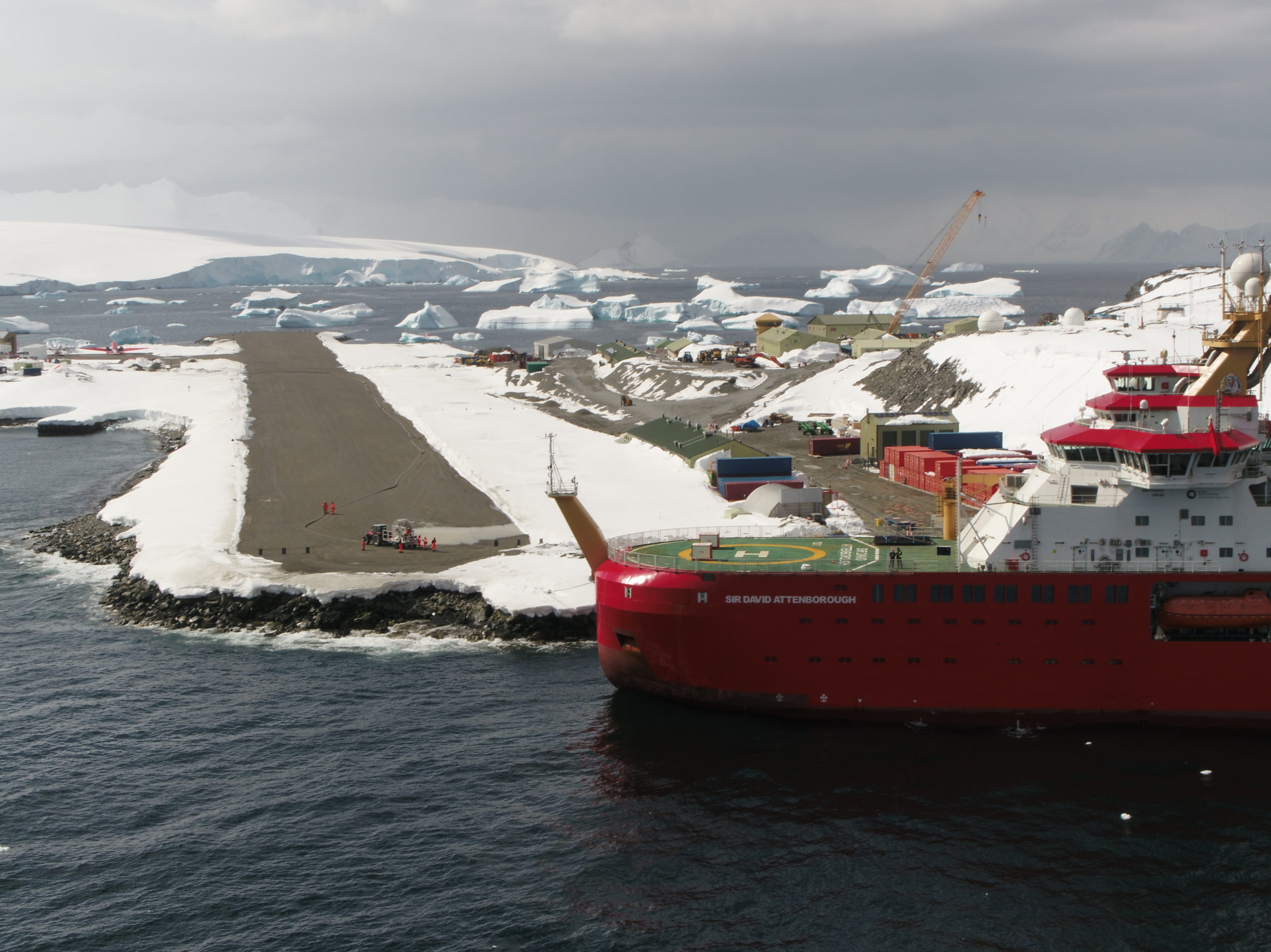The 2022/23 Antarctic field season has ended, marking the conclusion of another successful year of scientific exploration in one of the world’s most remote and challenging environments.
This field season, which began in October 2022, saw more than 650 scientists, technicians and support staff working at various locations and with collaborators across the continent.
Over 60 science projects took place: a mixture of standalone and multi-season field and marine projects, as well as ongoing data collection for longer time series, such as the Rothera Time Series which collects information about the ocean.
Science on the stations
This season was a busy one for all our stations. Glaciologists and support staff at Halley VI Research Station spent much of the season closely monitoring the strain rates and growth of Chasm-1 on the Brunt Ice Shelf. The giant iceberg A81 finally calved in January 2023, and seismic signals from the calving were picked up eight kilometres away, where an array of sensors and a laser distance meter were being used to measure the short-term response of cracks to the tides.
The Halley Autonomous Long-term Observational Science Platform (HALOS) has had a successful service, and the microturbine system is currently powering a range of autonomous science instruments through the cold and dark Antarctic winter.

At Bird Island Research Station, we carried out annual surveys of seabirds and seals, as part of our long-term monitoring programme. This data about population sizes, breeding success and diet is used to inform regional conservation plans, and can help scientists get a better picture of what is happening in the wider Scotia Sea and South-West Atlantic ecosystem.
As well as ongoing research programmes monitoring whales, krill and penguins, the team at King Edward Point Research Station conducted baseline surveys of the island using fully autonomous fixed-wing survey drones. In the future, these could be used to conduct regular surveys of areas populated by animals where it isn’t possible to survey with existing tools. Ongoing fisheries research, working in partnership with the Government of South Georgia and the South Sandwich Islands (SGSSI) who fund the station, enable a sustainable fishery in the region.
It was a busy season at Signy Island Research Station, with projects ranging from tracking the migration of chinstrap penguins, to investigating how Antarctic and sub-Antarctic midges are adapted to their environment, and a project to study how past and recent climate change on vegetation.

In the deep field: living under canvas
Several exciting projects took place this season, including testing the HABIT scientific instrument bound for Mars at our Sky-Blu Field Station – where conditions in Antarctica are the closest researchers can get to the red planet.
Scientists drilling to find the Earth’s oldest ice in East Antarctica reached a key milestone this season. Working over two months at a remote field site in sub-zero temperatures, the team drilled more than 800 metres of ice which will help researchers reconstruct past temperatures and greenhouse gas concentrations.
The first of two major field campaigns on Thwaites Glacier in West Antarctica also took place this season; an international team of 24 researchers and support staff began examining the bed of the remote glacier, gathering seismic, radar and geophysical data.
Taking to the skies
This season saw a number of flying campaigns. One team of researchers, conducted a major experiment over the Southern Ocean, performing several flights in a Twin Otter kitted out with instruments to collect data about clouds. This data will help researchers improve models of how clouds affect climate change.
Another project, called DEFIANT, saw the Dash 7 aircraft conducting flights over the Weddell Sea to calibrate data collected from two major satellites that monitor Antarctic sea ice. This is the Dash’s first science work for 25 years.
The Dash 7 made 62 flights over the season, transporting more than 400 people between the Falklands and Rothera.

Aboard RRS Sir David Attenborough
The end of the season is traditionally marked by the final departure of RRS Sir David Attenborough (SDA) from Rothera Research Station. After a seven-month mission, the ship is now on route to the UK, leaving behind 37 winterers who will remain on the stations at Bird Island, King Edward Point and Rothera and are ‘overwintering’ to support long-term scientific research projects over the dark winter months.

The 2022/23 Antarctic field season saw the BAS ship completing its Polar Science Trials – the first to test the ship’s combined science capabilities in deep polar waters. The trials were a huge success and included getting the first ‘clean’ seawater chemistry samples using the trace metal CTD, and the first official science on board the SDA. Marine biologists also used a high-resolution camera to reveal how is life colonising new fjords that are appearing because of retreating glaciers.
Building the future of Antarctic science
Building in the extreme Antarctic environment is challenging, but the specialist construction teams made great progress this season. The Discovery Building, which will be Rothera’s science and operations hub, has been cladded and the building is now weathertight. A new operations tower has also been installed, giving 360-degree views of the runway, wharf and station buildings.
The runway lighting has also been upgraded with new, energy efficient lighting, helping BAS meet its sustainability and Net Zero targets.
Speaking about the end of the season, BAS Director Professor Dame Jane Francis said:
“This has been another incredibly productive year for the British Antarctic Survey and our partners, and I want to thank everyone involved for their hard work and dedication. Our research in Antarctica is critical to our understanding of the planet and the challenges we face, and I am proud of what we have achieved this season.”
While the end of the research season marks the departure of many of the BAS team from Antarctica, for many, their work is only just beginning. The data collected during the season will be used by scientists around the world to advance our understanding of the continents and its role in our changing climate.
